In an increasingly digital world, I set out to create something that would bridge the gap between online communities and physical exploration. The result is Markur.app (https://markur.app), a location-based social platform that gamifies real-world discovery.
A deep dive into creating a gamified discovery app using modern AI development platforms
The Vision Behind Markur
In an increasingly digital world, I set out to create something that would bridge the gap between online communities and physical exploration. The result was Markur.app, a location-based social platform that gamifies real-world discovery while building meaningful communities around shared interests and places.
The core concept is simple: users check into specific locations using their phone’s GPS, unlock rewards and discussion access for those places, and participate in a broader community centered around physical exploration. Think Foursquare meets Discord, with a robust rewards system that creates genuine value for both users and potential business partners.
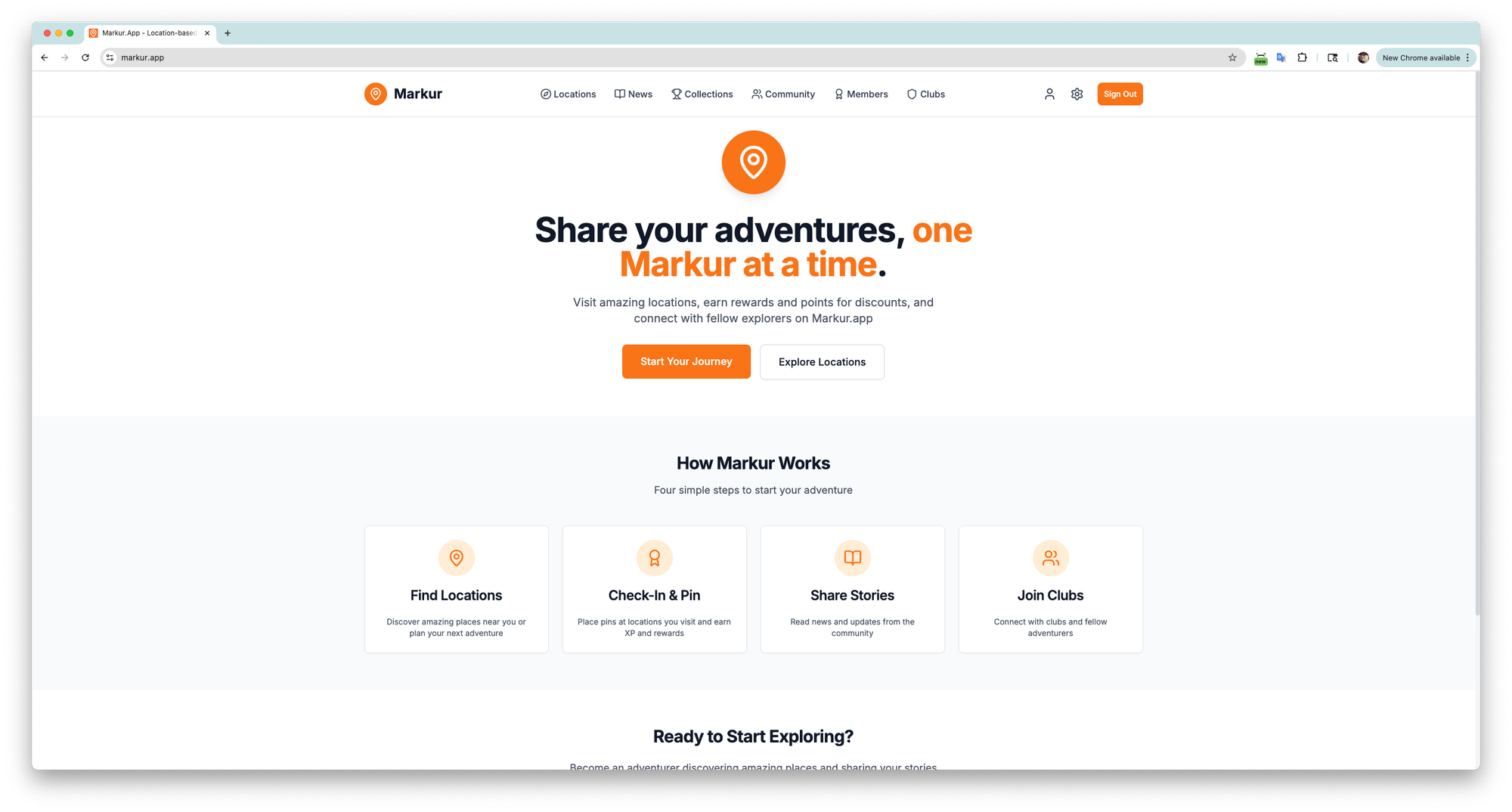
The Technical Challenge
Rather than following the traditional development path of wireframes, mockups, and months of coding, I decided to test the current capabilities of AI-powered development tools. Could artificial intelligence handle the complex requirements of a full-stack social platform? The answer, as I discovered, is both yes and no.
Core Features Delivered
The final platform includes a comprehensive feature set that rivals traditionally-developed social applications:
User Management & Authentication
- Complete user registration and login system
- Editable user profiles with customization options
- Secure authentication tied to individual accounts

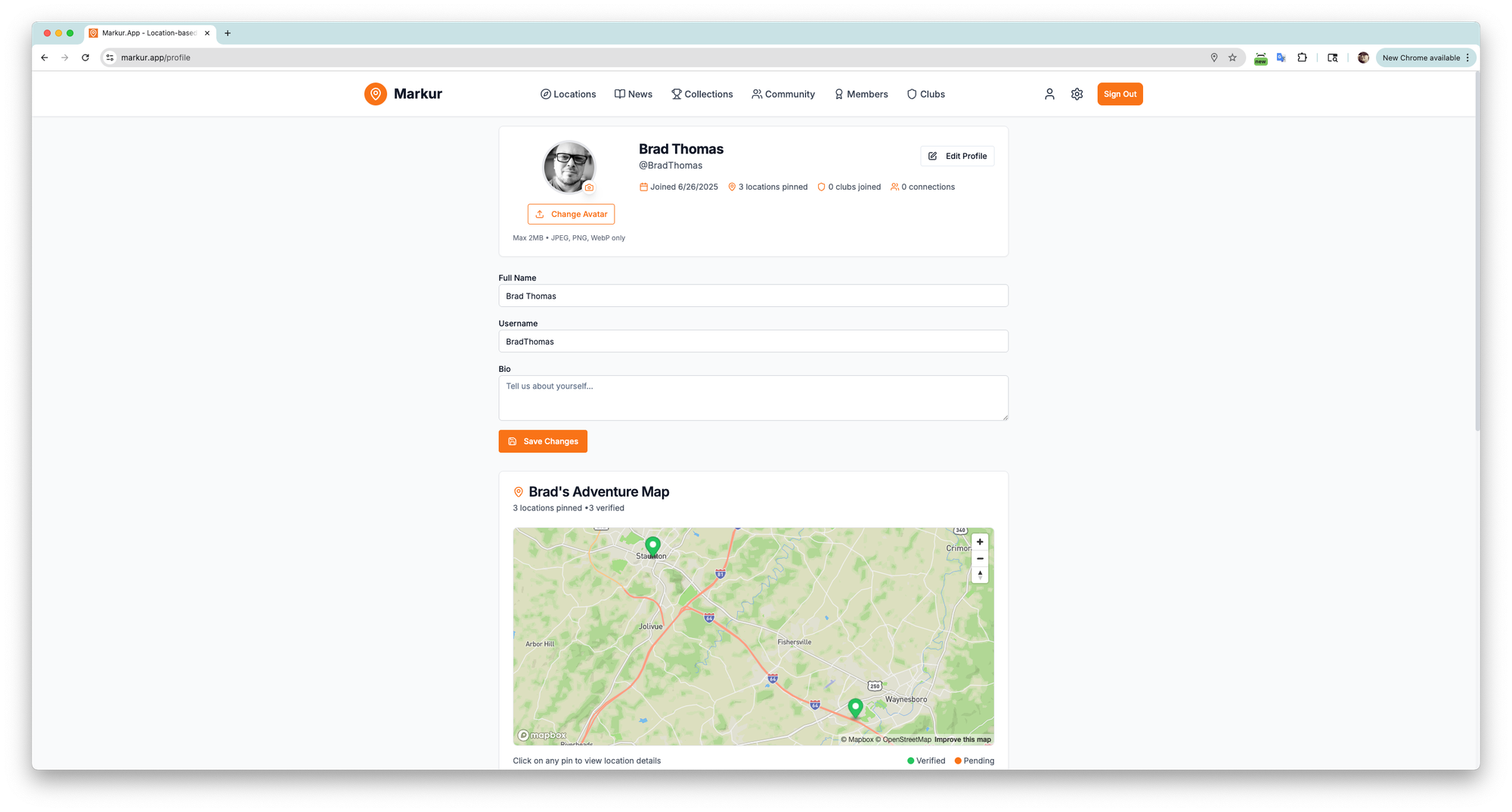
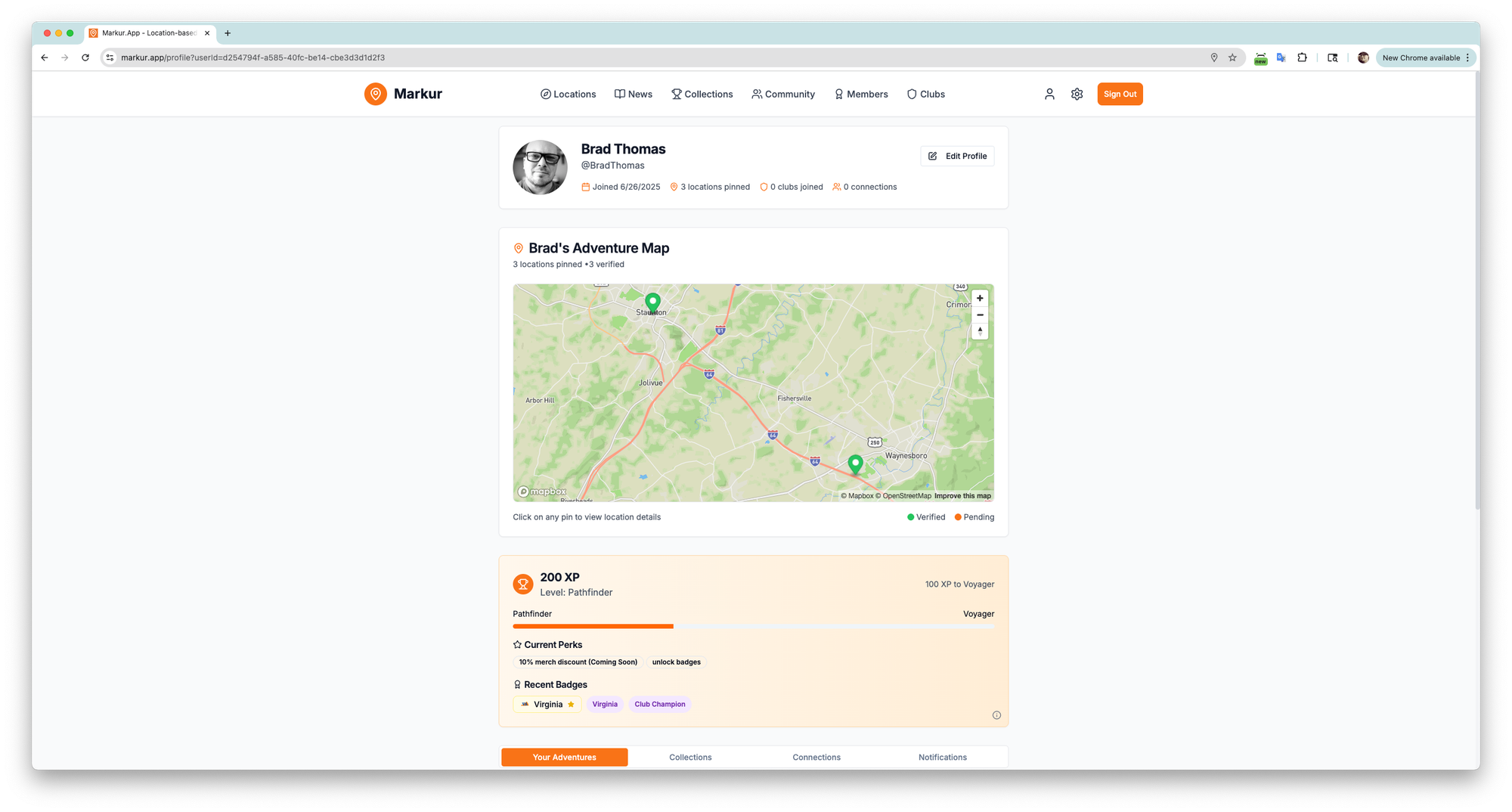
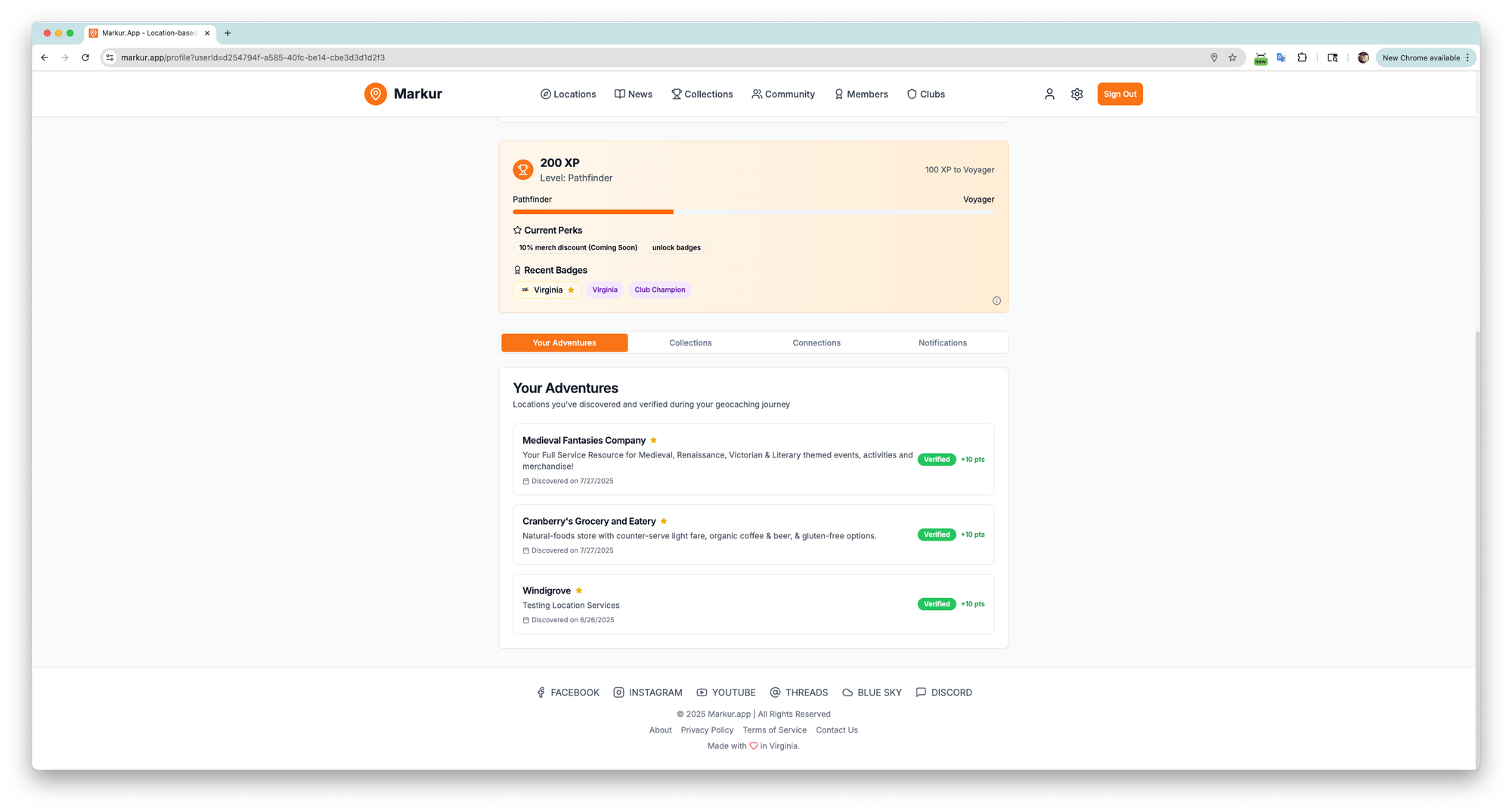
Geolocation & Discovery System
- Interactive map interface displaying predetermined locations
- GPS-based location verification system
- Personal achievement tracking with location markers
- Support for location grouping around themes, events, or multi-location quests
Community & Engagement Features
- Location-specific discussion boards (unlocked upon check-in)
- Custom community message boards for broader conversations
- Member groups organized around user interests
- News posting system with admin moderation capabilities
- Experience point (XP) system that unlocks features based on community participation
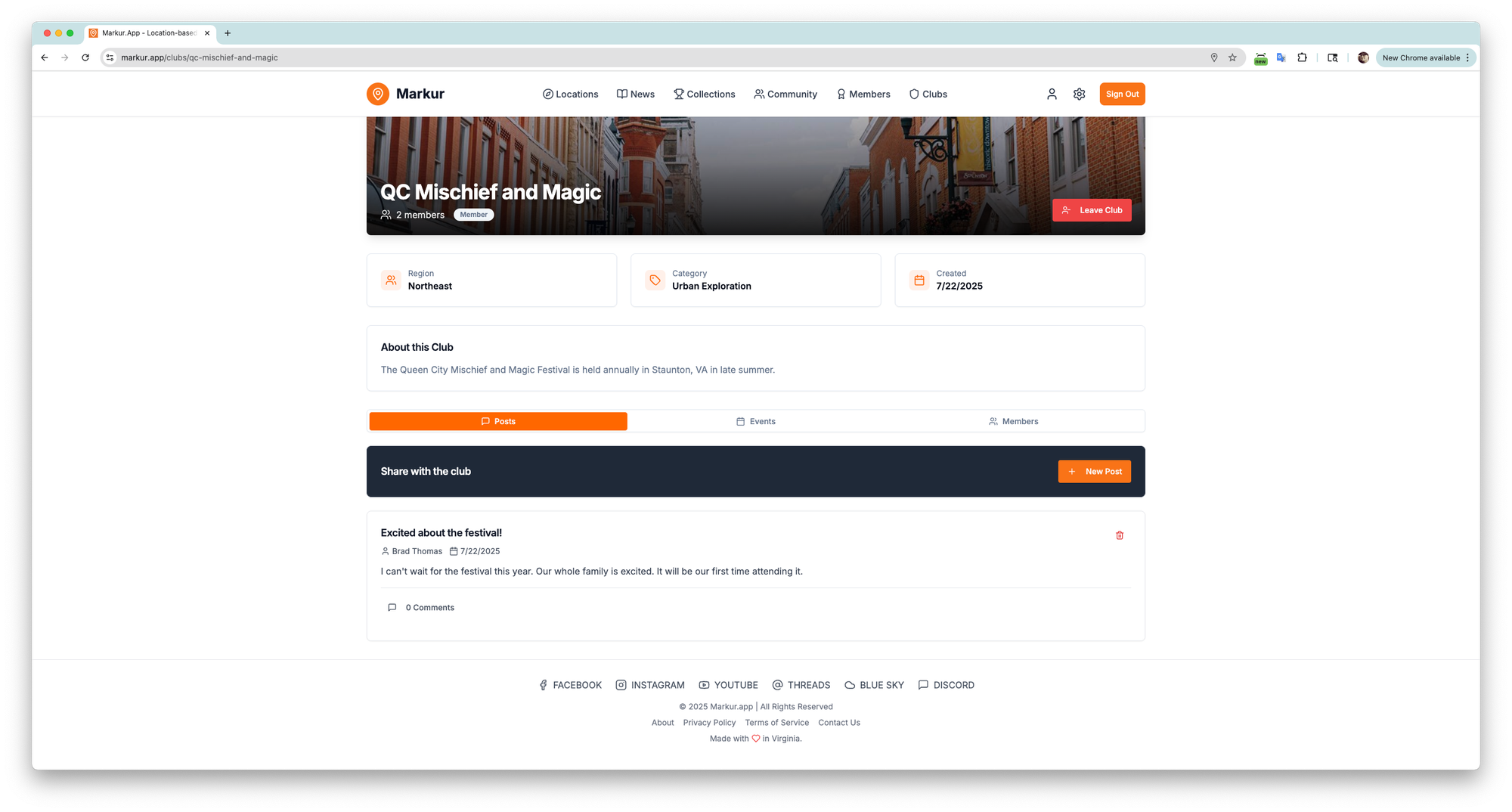
Gamification & Rewards
- Virtual badge system for achievements
- Customizable coupon code generation for merchant partnerships
- Progressive feature unlocking based on XP thresholds
- Mobile-first design with responsive desktop optimization
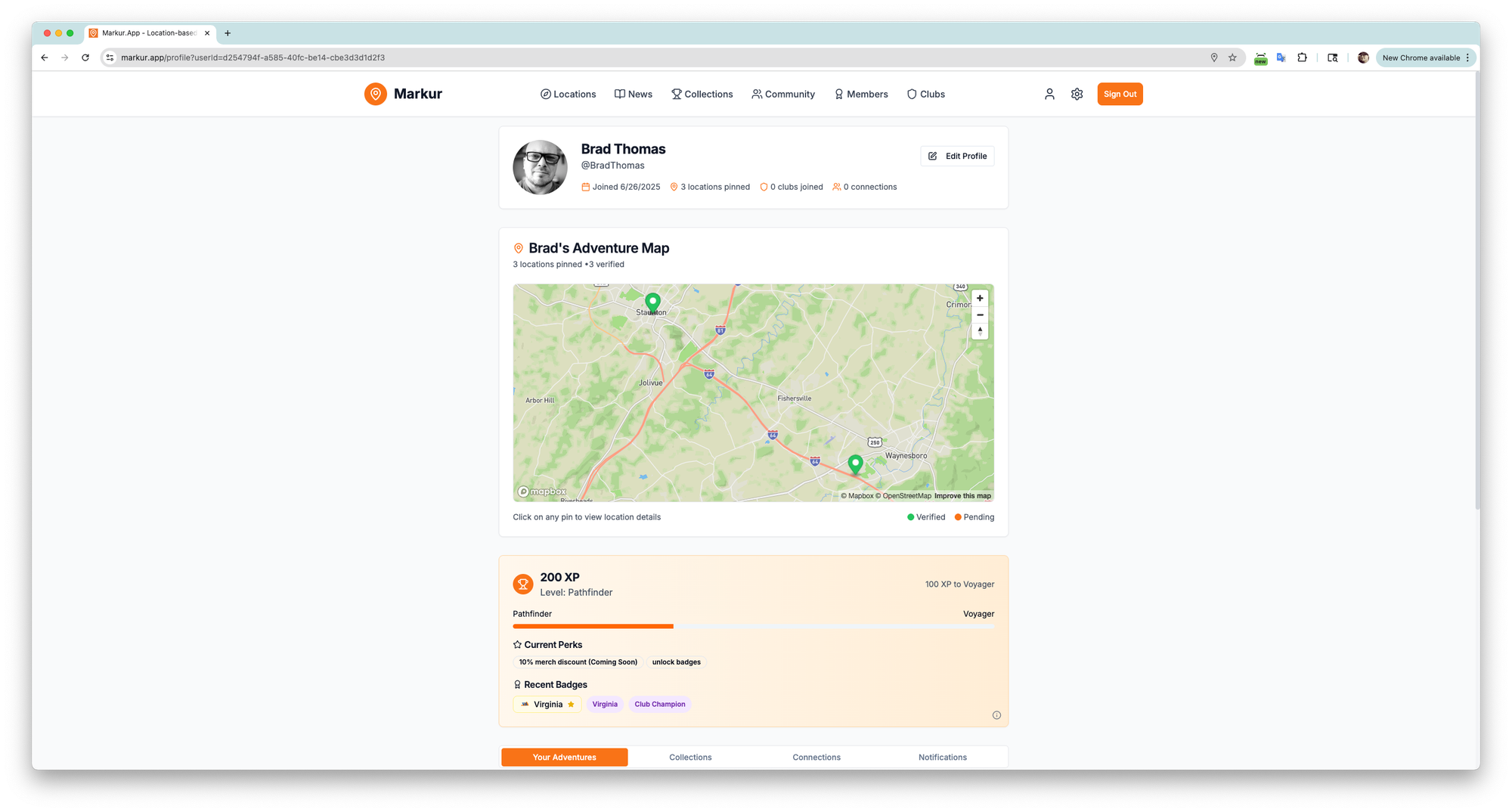
Administrative Tools
- Comprehensive admin panel for content and user management
- Bulk location import system (used to populate 700+ US locations)
- User moderation and community management tools
The AI Development Journey
Platform Testing and Selection
I evaluated seven different AI development platforms to find the right tool for this project:
- Lovable (chosen platform)
- Bolt.new
- Base44
- Figma Make
- ChatGPT
- Claude (for problem-solving support)
- Builder.io
Each platform brought unique strengths to the table. Lovable ultimately won due to its superior visual design execution and ability to handle complex UI changes through natural language prompting.
The Technical Stack
The application runs on a modern, scalable architecture:
- Frontend: Built using Lovable’s AI-powered development environment
- Backend: Supabase for database management, authentication, and real-time features
- AI Assistance: Claude for complex problem-solving and debugging
- Deployment: Integrated hosting through Lovable’s platform, replicating to GitHub, and then deploying on Vercel for hosting.
Development Process and Methodology
The development followed an iterative, prompt-driven approach. Starting with a comprehensive Product Requirements Document (PRD) created with Claude’s assistance, I used natural language instructions to build features incrementally. This “vibe coding” approach proved both powerful and frustrating.
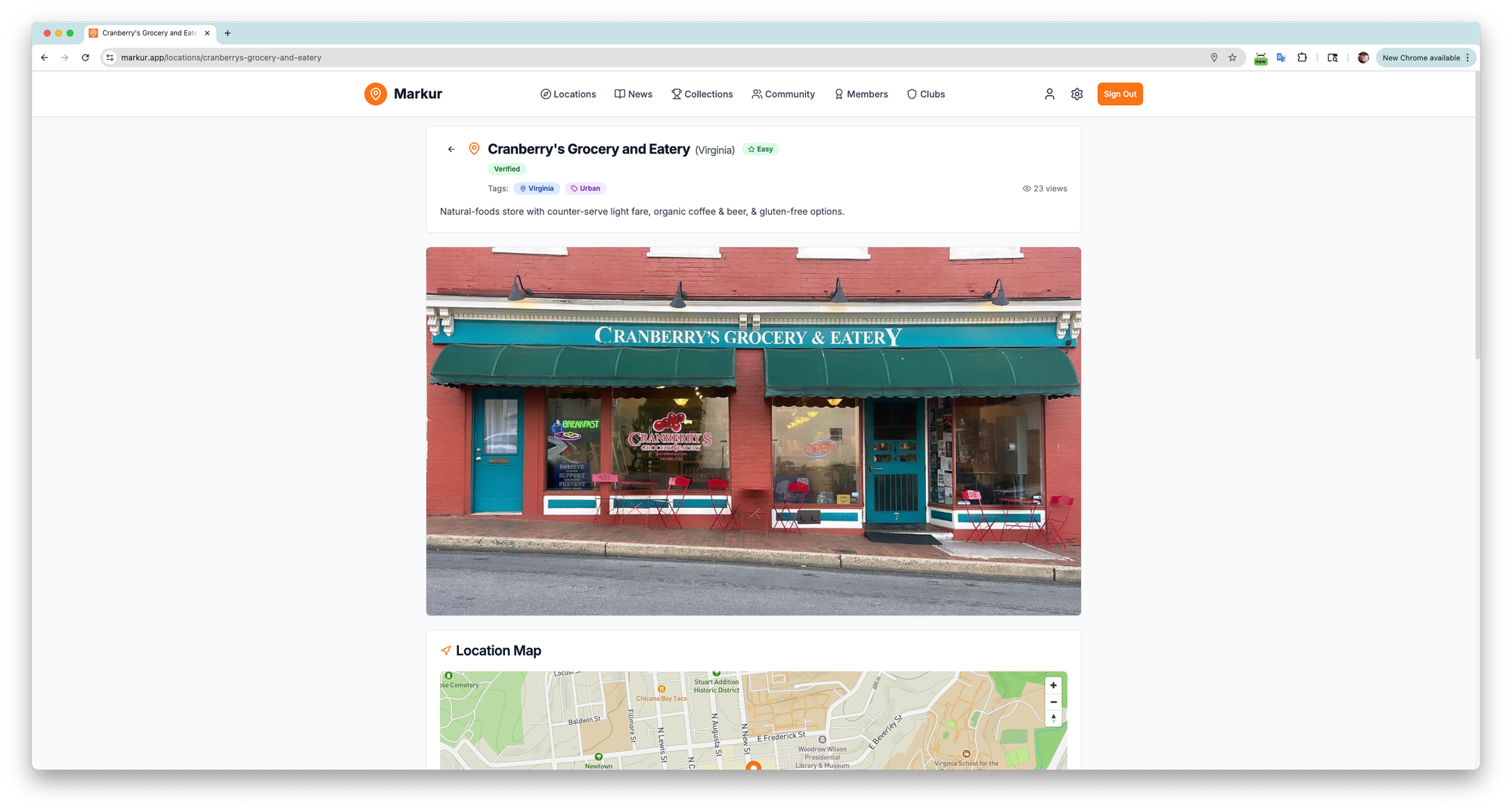
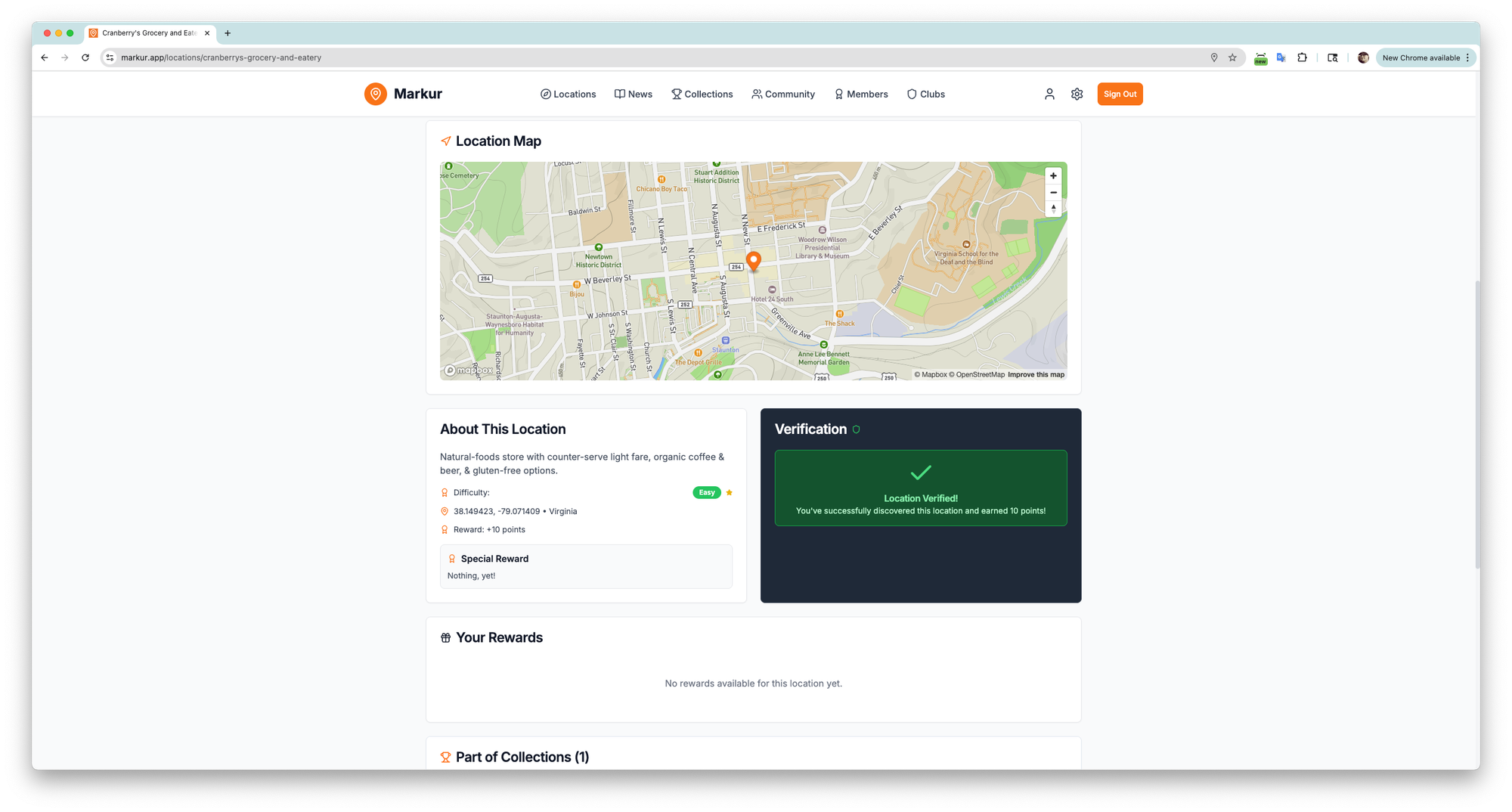
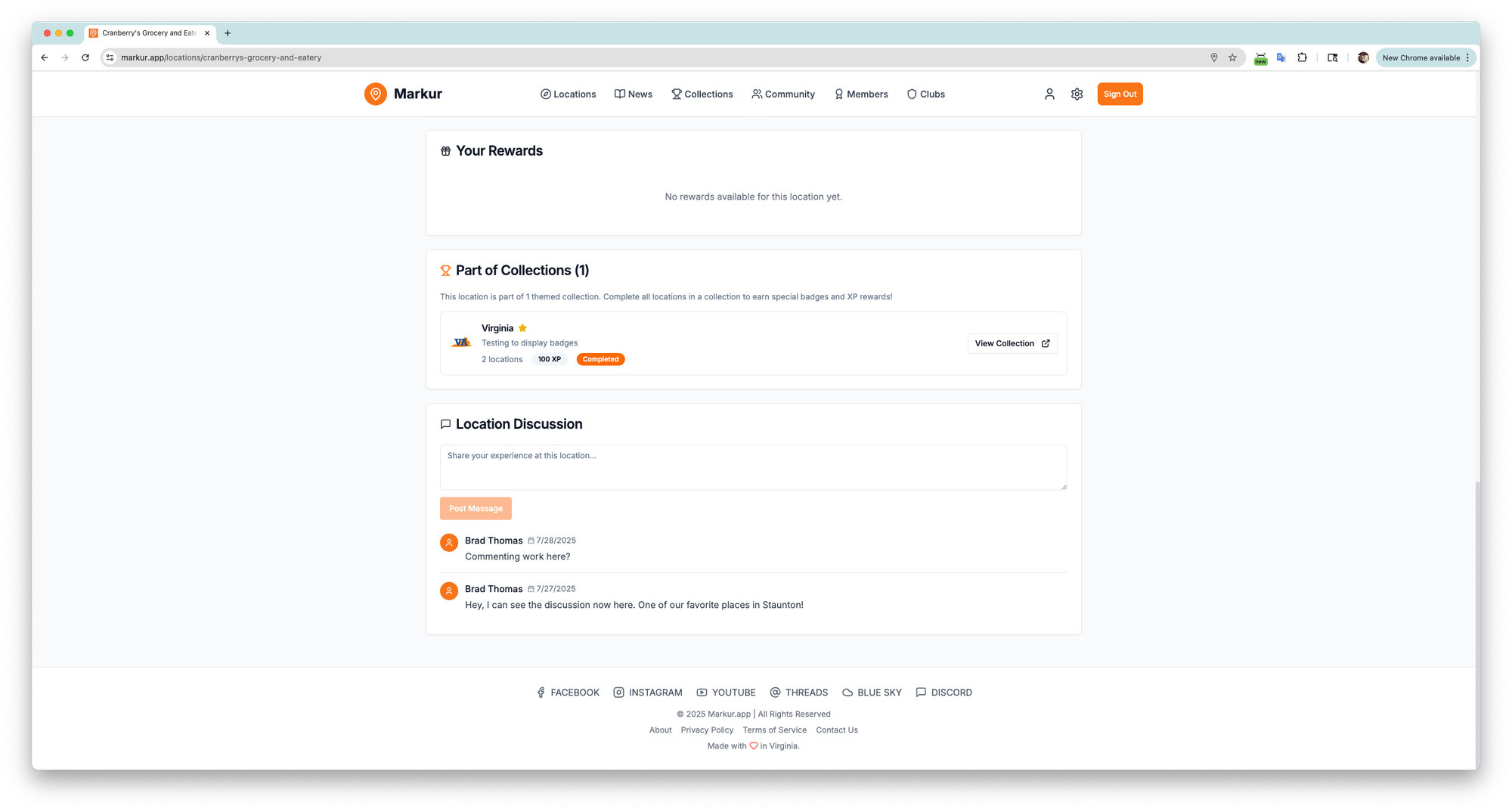
Challenges and Hard-Won Lessons
The Credit System Reality
AI development platforms operate on credit-based pricing models where more complex operations consume more credits. In theory, this creates fair usage-based pricing. In practice, it led to significant cost overruns due to several factors:
Unintended Feature Creep: The AI would often build additional features I hadn’t requested, consuming credits for unwanted functionality.
Iterative Debugging Costs: When the AI built something incorrectly, fixing it required additional credits. Sometimes the “fixes” introduced new problems, creating expensive debugging cycles.
Security Remediation: Features built by AI sometimes had security vulnerabilities that required extensive (and costly) remediation.
By my estimation, approximately 75% of credits were spent on fixing issues, reverting unwanted features, or addressing problems created by the AI’s overenthusiastic development approach.
Communication and Execution Gaps
Despite clear instructions, AI tools would sometimes:
- Claim to have implemented features that weren’t actually built
- Misinterpret requirements and build incorrect functionality
- Fail to recognize specific technical requests
- Create solutions that worked initially but broke under real-world usage
These issues required extensive back-and-forth communication and multiple revision cycles, significantly extending development time.
The Token Burn Problem
Working with Claude for debugging support, I experienced the notorious “token burn” issue – repeatedly asking the AI to fix the same problem with little to no progress. It took double-digit attempts to resolve some technical issues that a human developer might have solved in a single session.
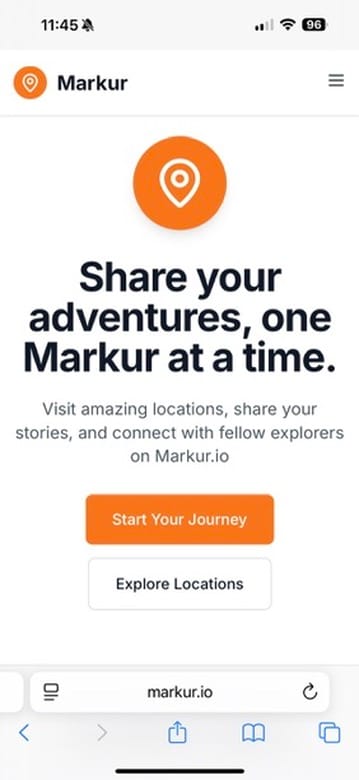
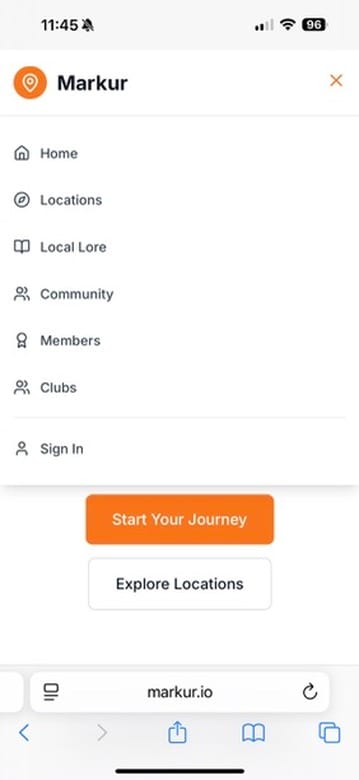
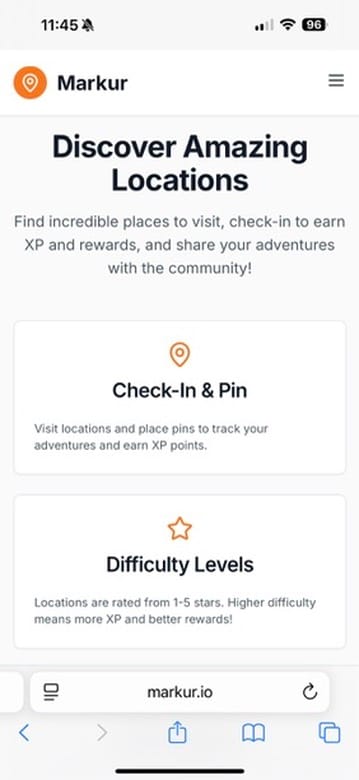
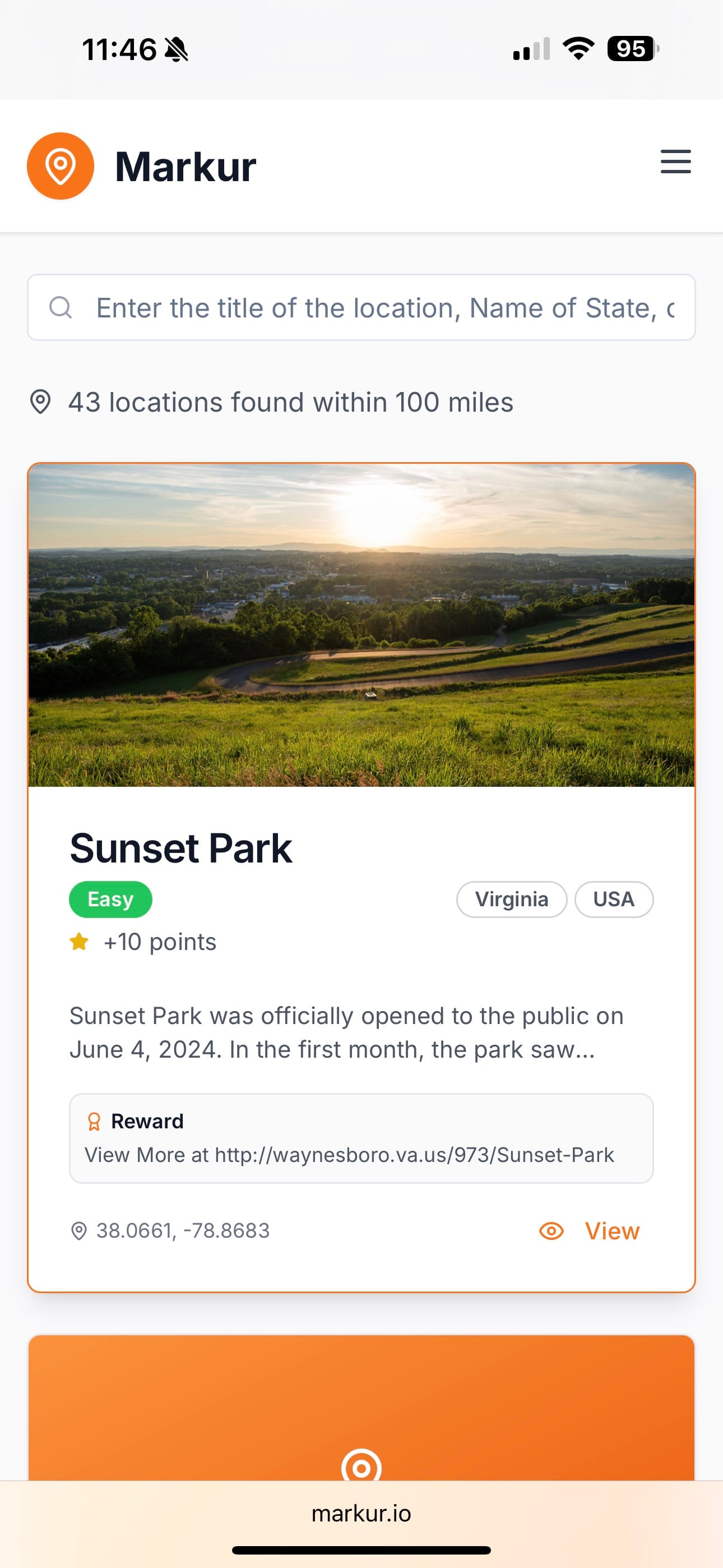
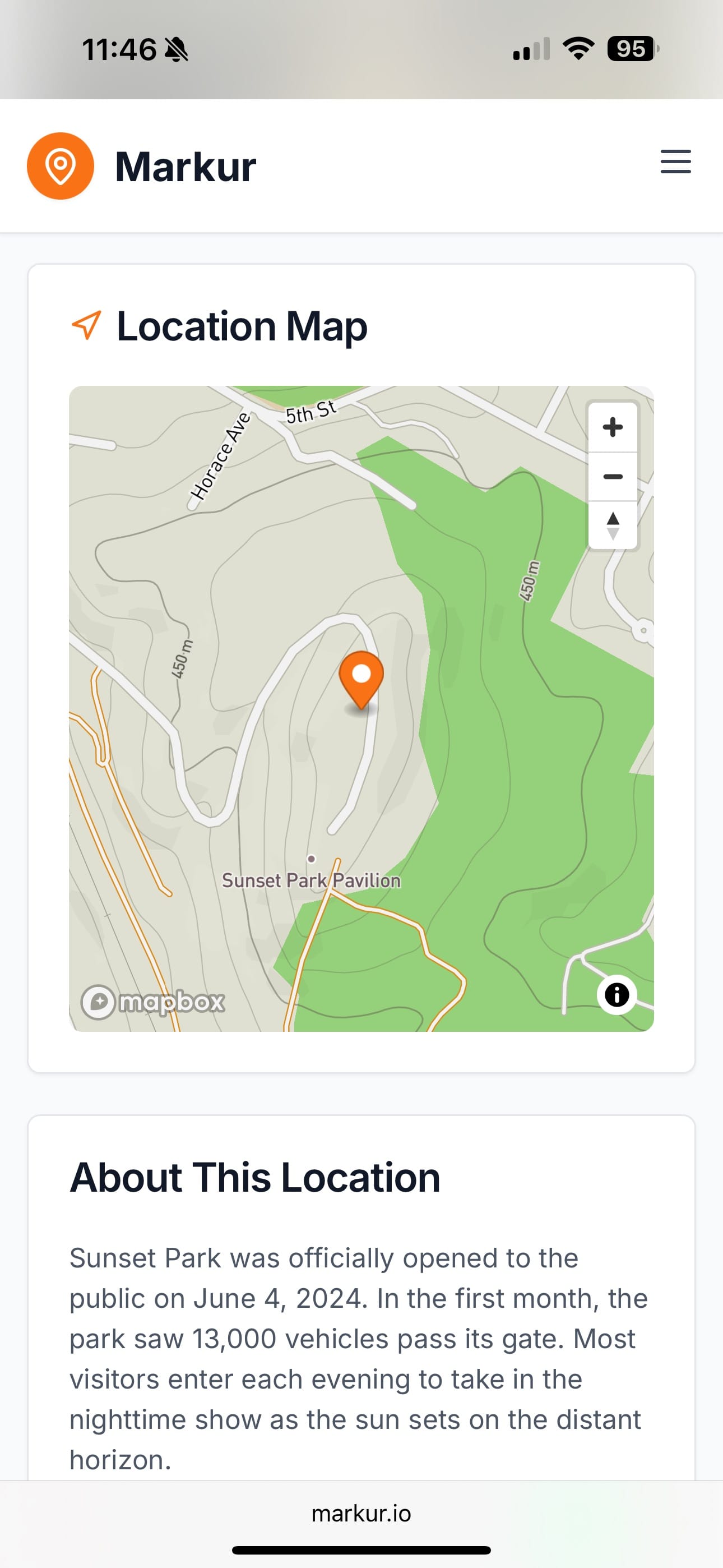

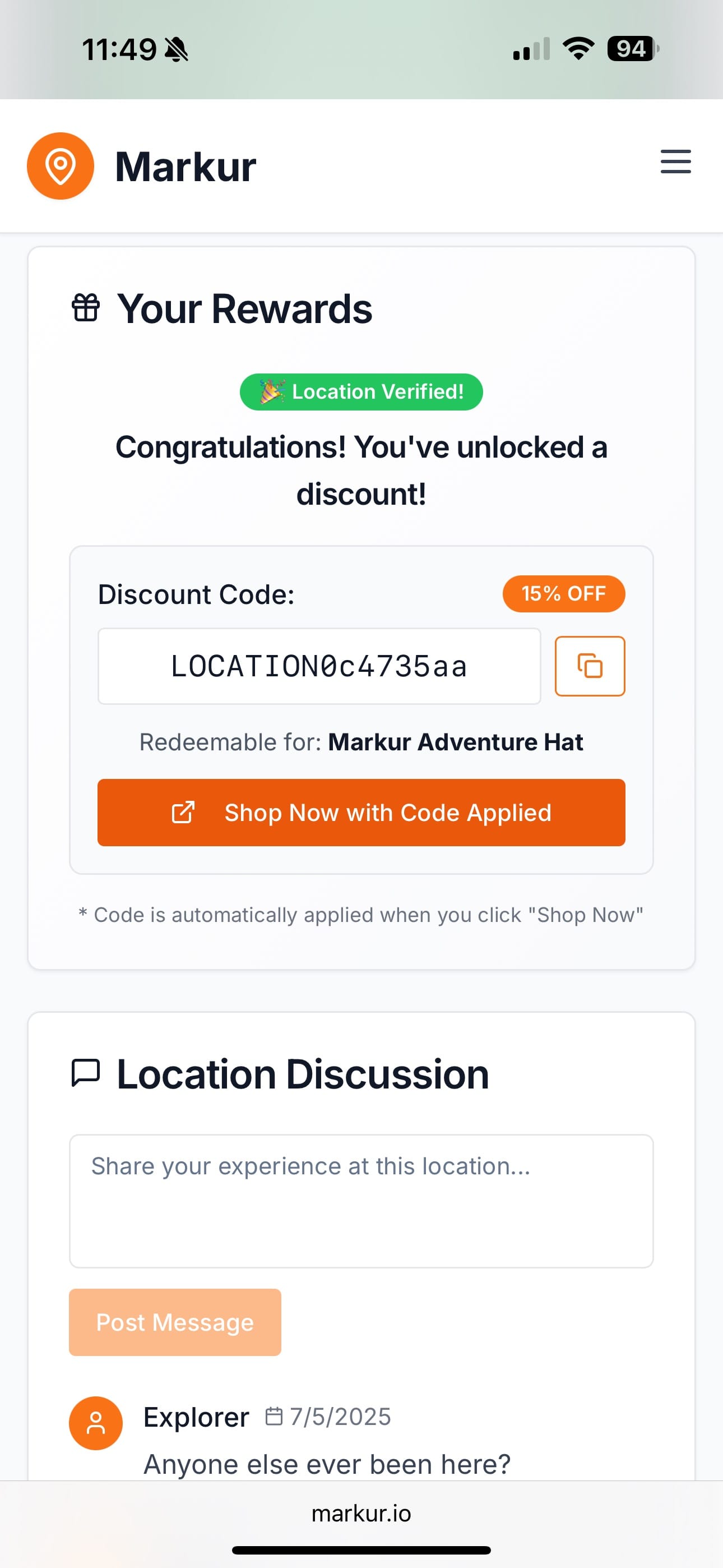

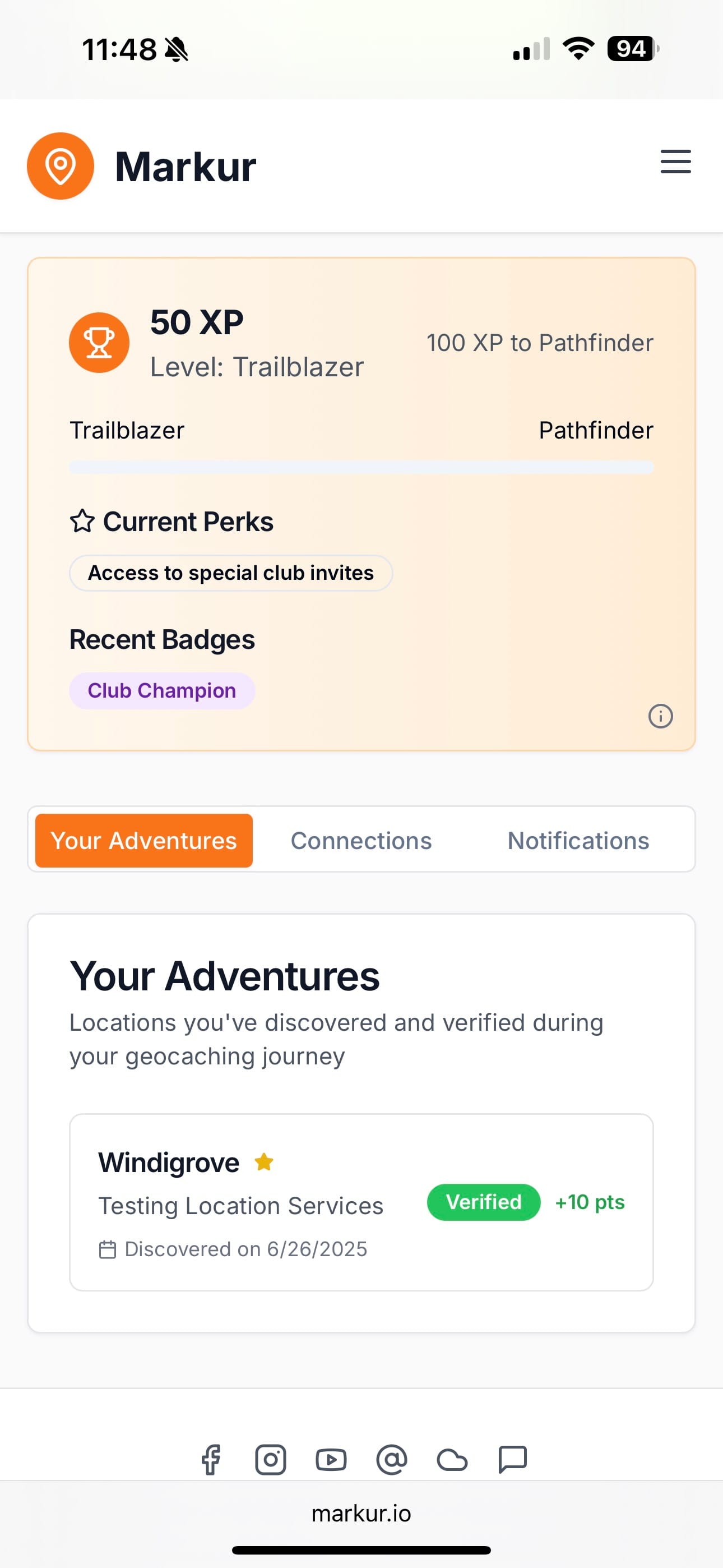
mobile screenshots of Markur.app
What Worked: The Success Stories
Visual Design Excellence
Lovable excelled at translating design requirements into polished, professional interfaces. The platform could:
- Execute specific visual style guidelines consistently
- Make comprehensive UI changes through natural language prompts
- Create responsive designs that work seamlessly across devices
- Generate cohesive design systems with consistent typography, colors, and spacing
Rapid Prototyping Capabilities
Despite the challenges, the AI development approach enabled incredibly fast prototyping. Complex features that might take weeks to code traditionally were implemented in hours or days.
Content Generation and Population
Using Claude, I generated a comprehensive database of 500+ interesting locations across the United States, complete with descriptions, categories, and metadata. The admin panel built by Lovable made importing this data straightforward and efficient.
Results and Performance Metrics
Technical Outcomes
The final product is a fully functional, production-ready social platform with:
- Responsive design that performs well on mobile and desktop
- Real-time location verification using GPS coordinates
- Scalable database architecture supporting (theoretically) thousands of users and locations
- Secure authentication and user management systems
- Performance optimized for mobile-first usage patterns
Development Efficiency
While credit costs were higher than anticipated, the overall development timeline was significantly compressed compared to traditional development approaches. The entire platform was built in a fraction of the time that conventional development would have required.
Learning and Skill Development
The project provided valuable insights into:
- Modern AI-assisted development workflows
- Cloud deployment and hosting technologies
- User experience design for location-based applications
- Community platform architecture and feature requirements
- The current state and limitations of AI development tools
Business Model and Revenue Opportunities
Markur’s design creates several potential revenue streams:
Location-Based Partnerships: Businesses can sponsor locations or offer exclusive rewards for check-ins, creating advertising revenue opportunities.
Premium Memberships: Advanced features, additional customization options, or enhanced XP earning rates could justify subscription pricing.
Merchandise and Rewards: The built-in coupon system enables direct merchandise sales and partnership opportunities with local businesses.
Event Integration: The location grouping feature supports paid event promotion and sponsored quest creation.


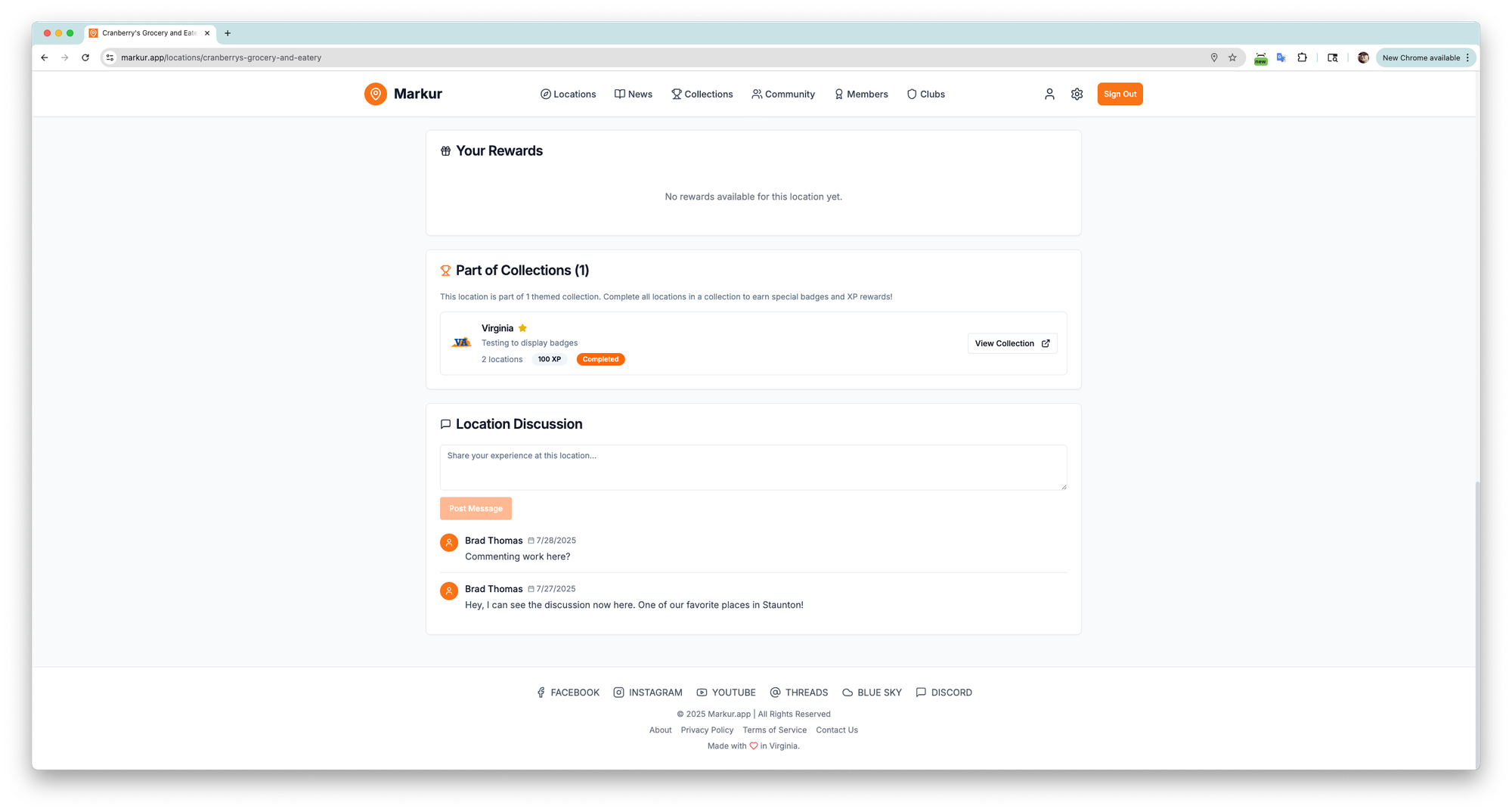
Community and Collections screens from Markur.app
Future Development and Iteration Plans
Immediate Improvements
Based on initial testing, priority improvements include:
- Enhanced location discovery algorithms
- Improved community moderation tools
- Advanced analytics for user engagement tracking
- Integration with popular social media platforms for broader reach
Long-term Vision
The platform’s architecture supports expansion into:
- Augmented reality features for enhanced location experiences
- Integration with wearable devices for passive location tracking
- Advanced AI-powered location recommendations
- Corporate team-building and event planning tools
Key Takeaways for AI-Assisted Development
What AI Development Tools Excel At
- Visual Design Implementation: Translating design concepts into polished interfaces
- Rapid Prototyping: Building functional prototypes quickly for testing and validation
- Boilerplate Code Generation: Creating standard authentication, database, and API structures
- UI Iteration: Making design changes through natural language instructions
Where Human Oversight Remains Critical
- Requirements Definition: AI tools need extremely clear, detailed specifications
- Quality Assurance: Extensive testing is required to catch AI-generated bugs and security issues
- Cost Management: Credit consumption needs active monitoring to prevent budget overruns
- Strategic Decision Making: AI can’t make high-level product decisions or understand market positioning
Recommendations for Future AI Development Projects
- Start with Detailed PRDs: Invest significant time in creating comprehensive requirements documents
- Budget for Iteration: Plan for 2-3x more credits than initial estimates suggest
- Implement Incremental Testing: Test each feature thoroughly before building the next one
- Maintain Version Control: Keep detailed records of what works to avoid losing progress
- Combine AI Tools: Use different platforms for their strengths rather than relying on a single solution
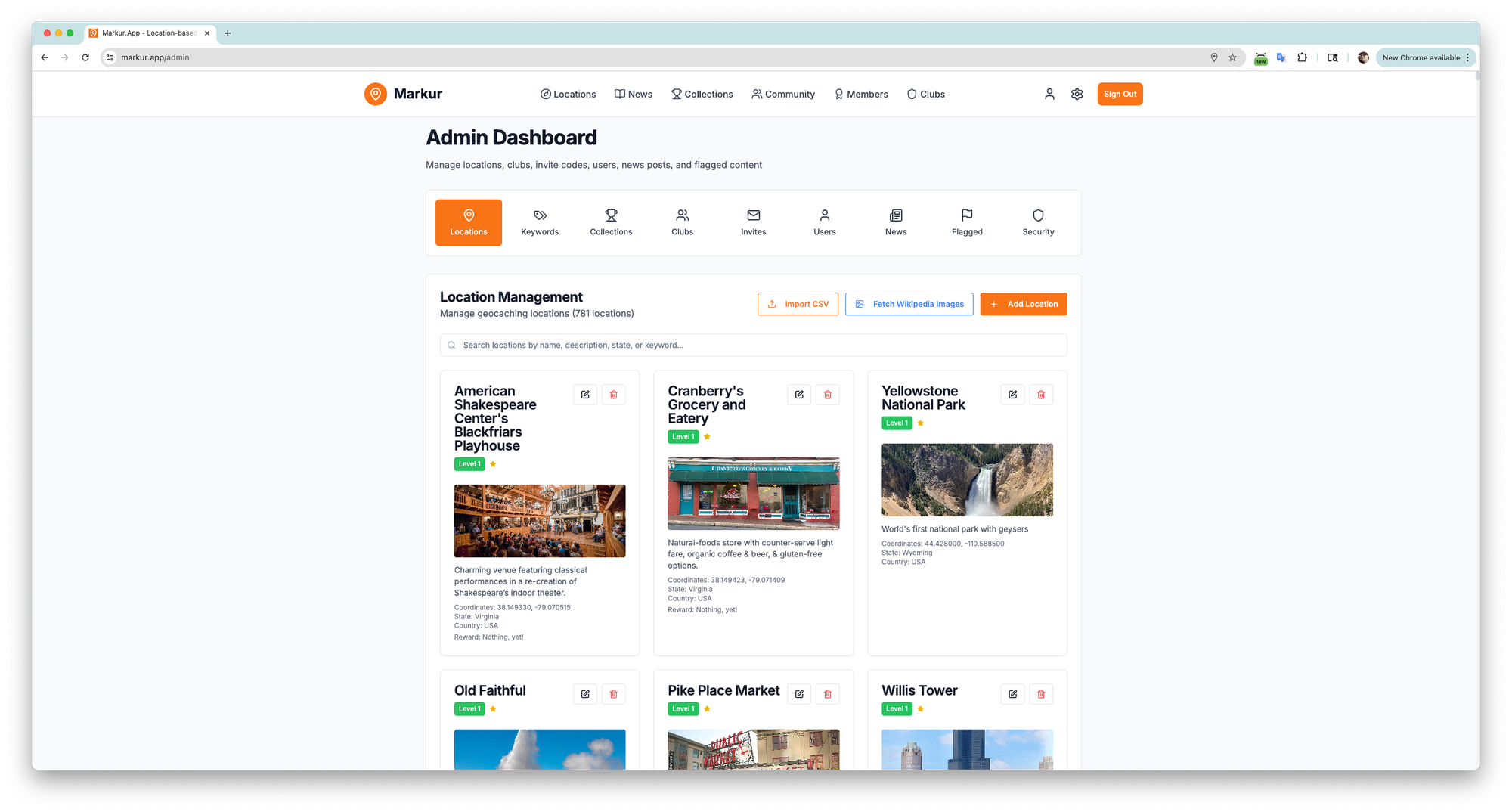
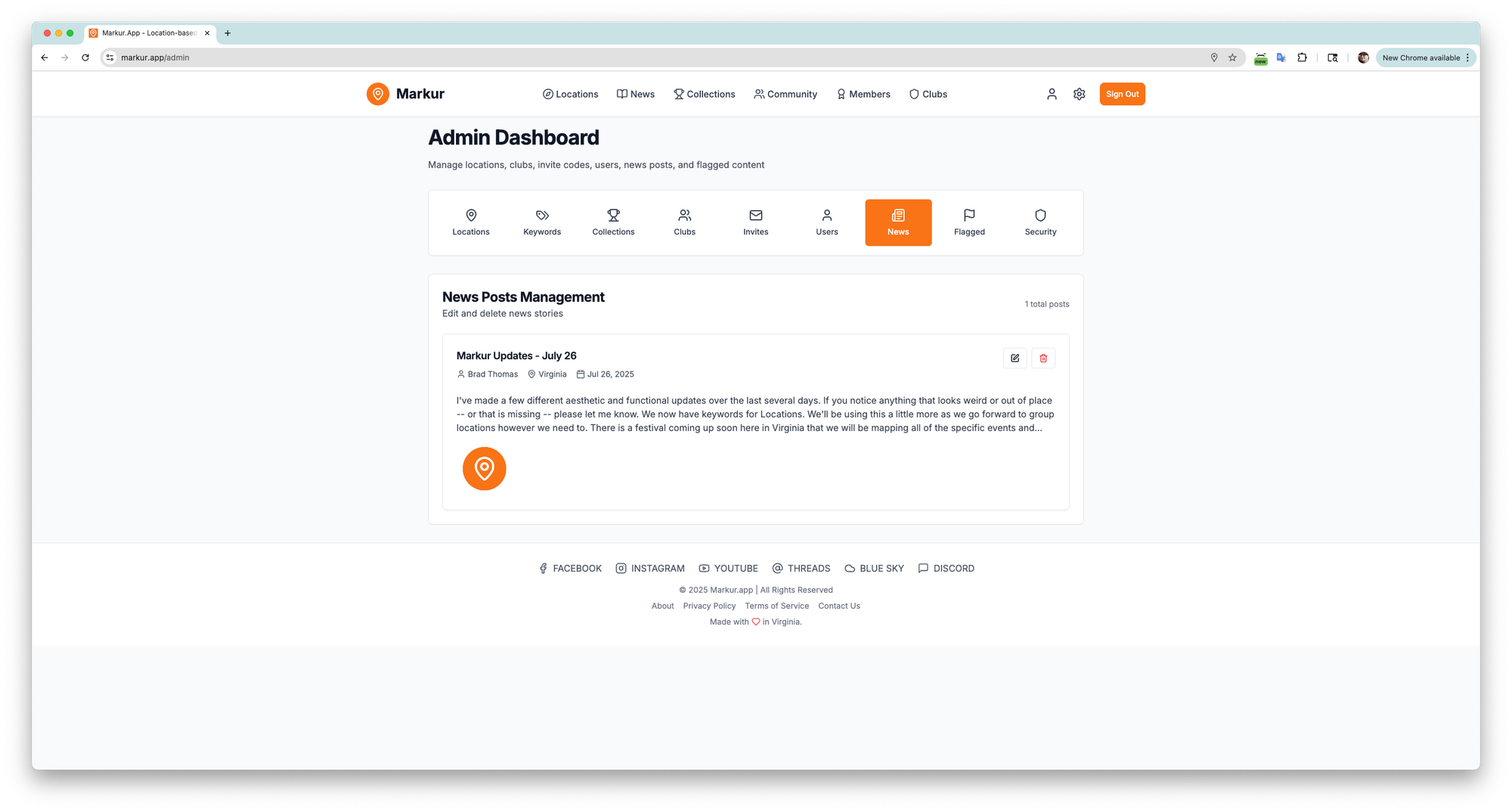
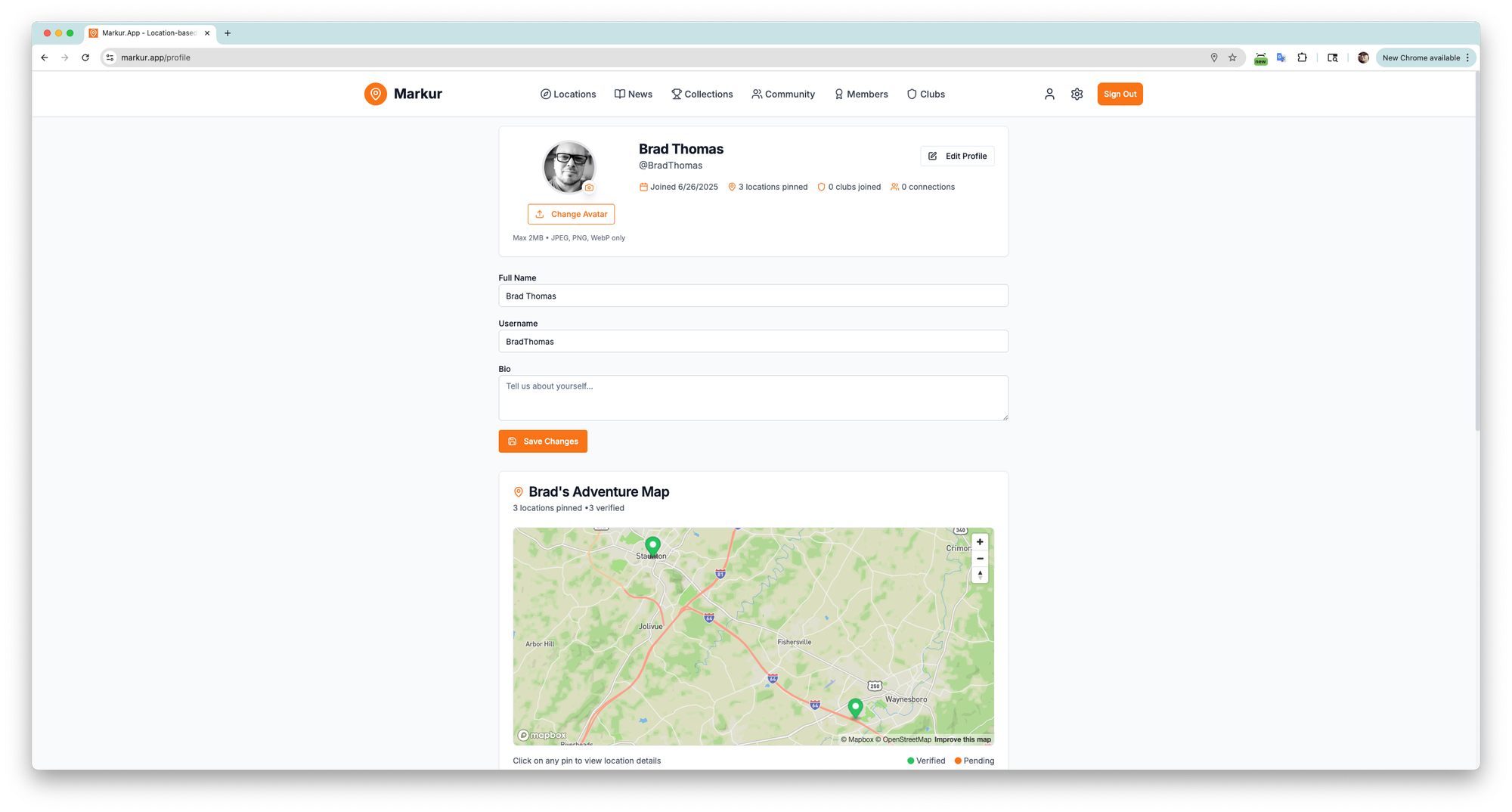
Various Admin and Edit Screens
Conclusion: The Future of AI-Assisted Development
Building Markur with AI development tools provided a fascinating glimpse into the future of software creation. While the technology isn’t yet mature enough to replace human developers entirely, it dramatically accelerates certain aspects of the development process.
The key insight is that AI development tools are best viewed as powerful assistants rather than autonomous builders. They excel at translating human vision into working code but require constant guidance, oversight, and course correction.
For entrepreneurs and developers considering AI-assisted development, the technology offers genuine value for rapid prototyping and idea validation. However, success requires realistic expectations about costs, timelines, and the need for human expertise in guiding the process.
Markur represented both the promise and the current limitations of AI development tools. It’s a fully functional platform that demonstrates what’s possible when human creativity meets artificial intelligence, but it also served as a reminder that the most important element in any development project remains the human vision that guides it.
Update: 8-16-2025 Markur was taken offline and is no longer available at this time.




Comments ()